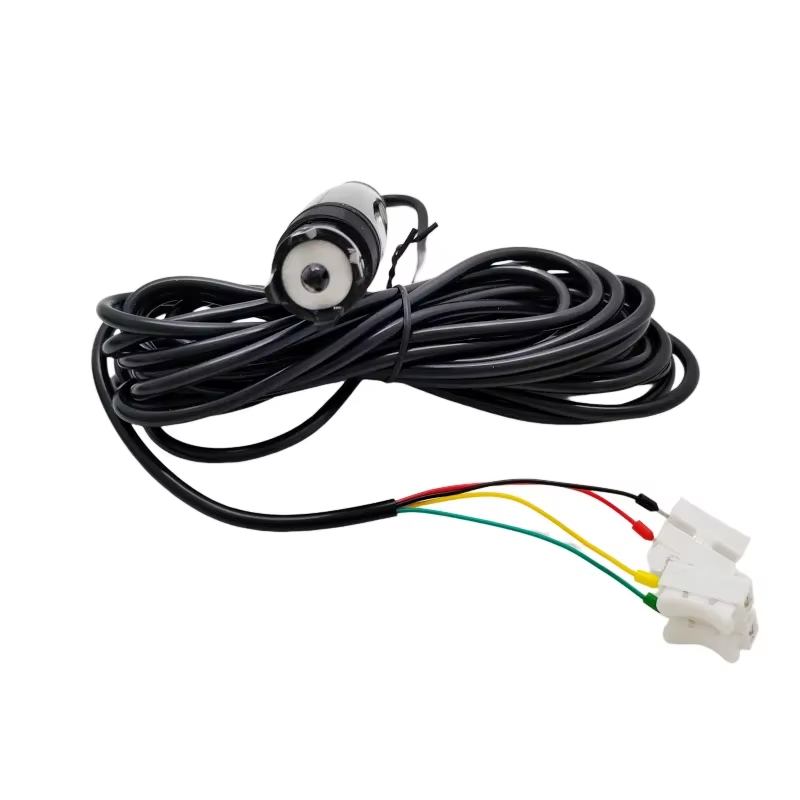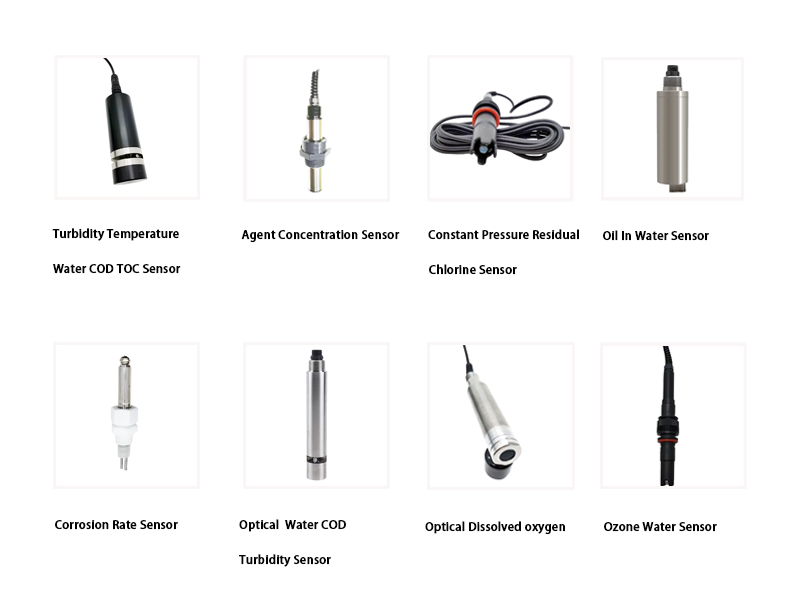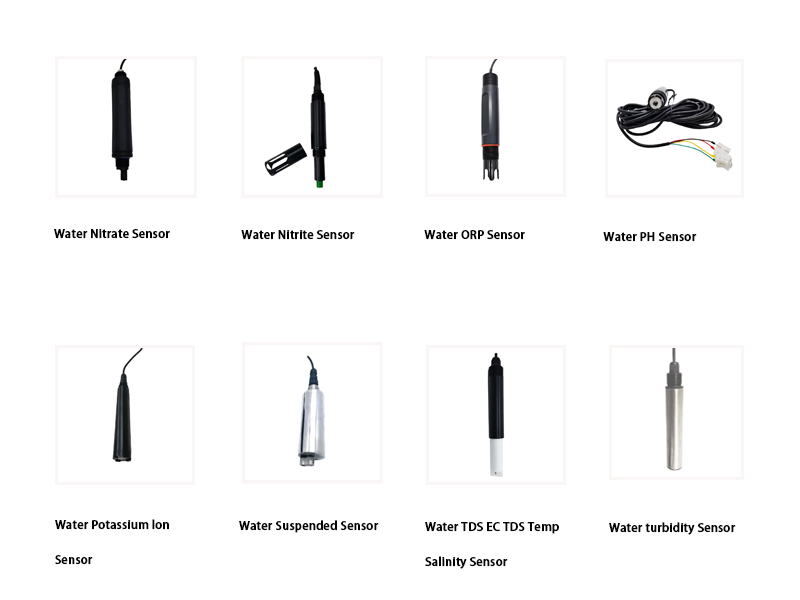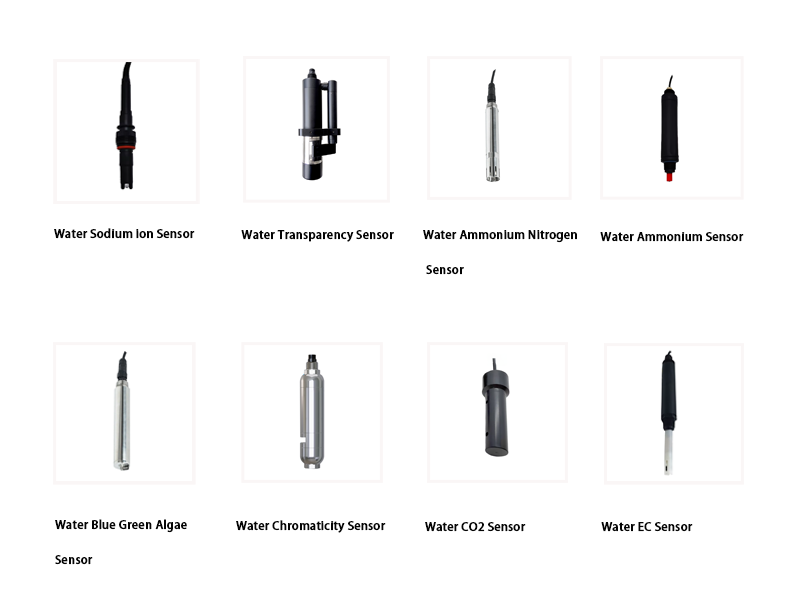What are Pocket PH Testers?
Pocket pH testers are small portable devices that deliver information to the user with accuracy, convenience and affordability. These devices are designed to be used in different conditions and will test the alkalinity (pH) and acidity of a variety of samples. They especially are popular for testing water quality samples because they fit neatly in a pocket for easy retrieval and use.
With many different applications producing an array of sample types, it is important to know what kind of pH water tester is going to produce the best results for your sample testing needs. There are a wide variety of testers on the market that offer different types of technologies to fulfill the consumer’s needs. There are three types of pH water testers ideal for testing water quality: the single-junction electrode disposable tester, single-junction replaceable electrode and double-junction replaceable electrode. Choosing a pH meter for water will largely depend on the sample being tested, the cadence of the testing and the required accuracy.
pH Values
The most common type of water quality test is the pH test. Water pH indicates the balance between hydrogen ions, which are acidic, and hydroxide ions, which are basic. A perfect balance of the two is at a pH of 7. A pH value of 7 is neutral. As the number decreases, the substance ranks as more acidic; as it increases, it is more alkaline. Values range from 0 (totally acidic, such as battery acid) to 14 (fully alkaline, for example, drain cleaner). Tap water usually is around pH 7, while naturally occurring waters normally are in the range of 6 to 8 pH units. Applications in need of measuring pH levels are found in just about every industry and household. A household application, such as measuring the pH levels of a fish aquarium, is different from measuring the pH level of water in a water treatment plant.
Before selecting a pocket tester, it is important to know more about the electrode. It is the part of the pocket tester that is dipped into the sample to take the pH measurement. Inside the electrode is electrolyte (liquid or gel). The electrode junction is the porous point between the electrolyte in the electrode and your sample. Basically, the electrolyte must leak out into the sample in order for the electrode to work to achieve accurate results. All of these small parts work together inside of the electrode to accurately measure pH.
The electrode slowly degrades because the electrolyte is continually used when taking measurements and becomes poisoned by contaminating ions or compounds. Ions that poison the electrolyte are metals, phosphates, sulfates, nitrates and proteins. The more caustic an environment, the greater the impact on the electrode. Caustic environments with high levels of contaminating ions, such as wastewater treatment facilities, can expedite the poisoning of the electrolyte. This process can happen quickly with cheaper entry-level testers. Within weeks, the meters can become sluggish and erratic. A quality pocket pH meter will be equipped with a reliable electrode that provides stable and accurate readings consistently. Keeping the electrode clean and moist also is critical to the pocket tester’s performance and longevity.
Single-Junction Disposable pH Testers
For the occasional user of pH testers having a common water sample pH requirement, a simple technology using a single-junction electrode will provide plenty of power and accuracy. The single-junction electrode has a shorter life span than a double-junction electrode and commonly is used for the occasional spot pH and temperature testing. The non-replaceable single-junction sensor has an +0.1 pH accuracy. This is an economical option and usually is purchased by the less technical end user. When the tester does not provide accurate readings anymore, simply dispose of it and purchase another pocket tester. The single-junction disposable testers often are used in hydroponics, aquaculture, potable water, aquariums, pool and spas, education, and gardening markets.
Single-Junction Replaceable Electrode pH Testers
A step up from the single-junction disposable tester is the single-junction replaceable pocket tester, which can achieve better accuracy of +0.01 pH. This tester is suitable for most ASTM Intl. and U.S. EPA test procedures. The sensor is replaceable, preserving the unit, so it can be used repeatedly. Replacing the sensor is an option for the casual user who routinely uses a tester. When the unit is routinely used and the samples have a high concentration of ions that poison the electrolyte in the electrode, it may be more beneficial to move to the next level of testers with double-junction electrodes technology.
Double-Junction Replaceable Electrode pH Testers
The double-junction technology provides a longer migration path for contaminants to travel, delaying the damage that ruins the pH electrode, enhancing and extending the life of the unit. Before contamination can get to the electrode, it must diffuse through not one junction, but two junctions. The double-junction testers are heavy-duty, high-quality testers that withstand the roughest conditions and samples. They can be used with wastewater, solutions containing sulfides, heavy metals and Tris buffers. For customers who need to continually repeat their pH tests, exposing the sensors to highly aggressive materials, it is important to use a double-junction tester to extend the life of the electrode and ensure the accuracy, as well. With each use, the readings will drift and become less reliable. The double-junction design ensures the highest quality and technology is used to measure the pH levels at the optimal accuracy of +0.01 pH.
Calibration is essential for accuracy. It is not uncommon for a pH meter to drift from its calibrated settings. Once it does, inaccurate results are likely. It is important to calibrate testers to obtain accurate measurements. Some pH pocket meters have automatic buffer recognition, making calibration easy and fast. Many of the low-cost models require more frequent calibration to ensure accurate measurements. Calibration for pH testers should be done regularly, recommended daily or at least once a week. Calibrate up to three points using either U.S. or National Institute of Standards and Technology buffer set standards.
Pocket testers have been trending in water testing over the past several years, as they are compact, portable, accurate and can produce readings in a matter of seconds with the push of a button. As the tester market continues to demand evolution, manufacturers have added features such as waterproof and dustproof housings to protect the testers from wet environments and mishandling. In addition, larger, ergonomic displays make reading easier. Automatic temperature compensation, a feature usually reserved for handheld and benchtop meters, also was added to the latest models. Some models even are capable of measuring and displaying actual temperature. Advanced testers will feature stability, calibration and battery indicators on the display and auto-off to conserve battery life. Choosing the right pocket tester for your application will provide you with reliable and accurate use consistently.
We can also provide water quality sensors that measure other different parameters for your reference
Post time: Nov-12-2024





